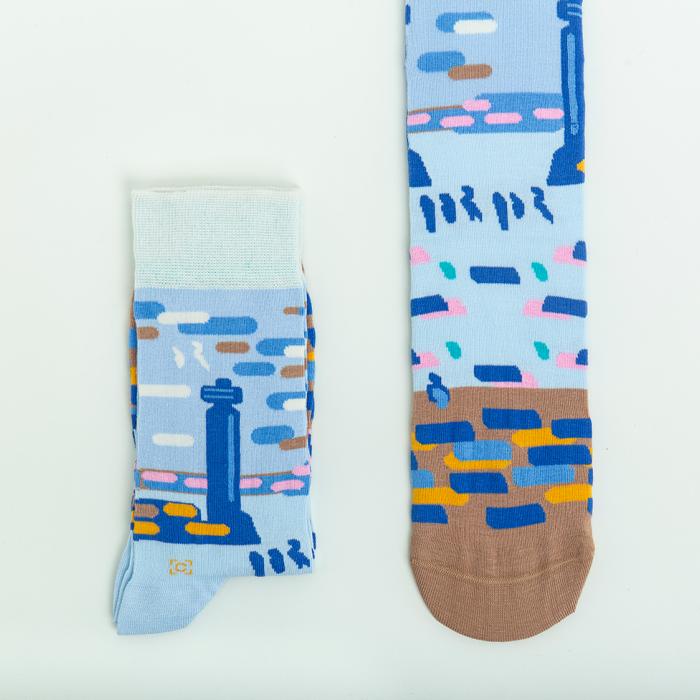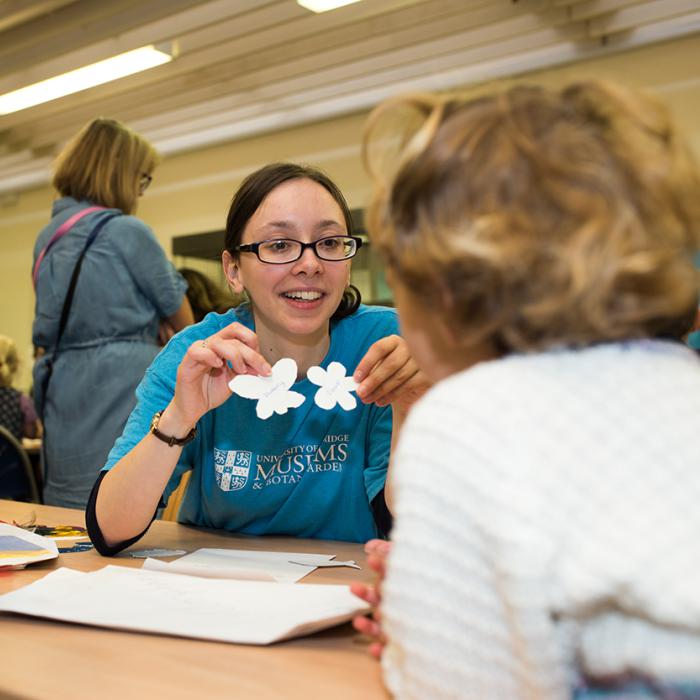Exploring our icy world from the sky and space
Enjoy a visit to our new exhibition, which brings together art and science to ask: what do you see when you look at ice from above?
Join us in the galleries for an informal exhibition tour of Paint Like the Swallow Sings Calypso with Curator Guy Haywood and artist Errol Lloyd.
The tour will include a conversation with the artist that will explore his involvement in the Caribbean Artists Movement.
FREE, come along
Join us in the galleries for an informal exhibition tour of Paint Like the Swallow Sings Calypso with Senior Curator of Prints and Drawings at The Fitzwilliam Museum, Eleanor Ling and exhibition artist Paul Dash.
FREE, come along
Join us in the galleries for an informal exhibition tour of Paint Like the Swallow Sings Calypso with exhibition curator Habda Rashid.
FREE, come along
Join us at Kettle’s Yard to celebrate the opening of our next exhibition Paint Like the Swallow Sings Calypso. Explore the galleries after hours and enjoy a drink with friends.
FREE, booking recommended, pay bar
Kettle’s Yard is pleased to present Paint Like the Swallow Sings Calypso, a major new exhibition curated in dialogue with artists Paul Dash (b. 1946, Barbados), Errol Lloyd (b. 1943, Jamaica) and John Lyons (b. 1933, Trinidad), three important first-generation diaspora Caribbean painters that were working in the UK during the same period that the Kettle’s Yard House and collection was still being established.
Since the 18th century, people have collected rock and minerals. What were their reasons for collecting?
Curated by student intern Guey-Mei Hsu, this display looks at three geology collections and their different makers and functions.
How do we define a ‘scientific instrument’ and ‘science’? Did they mean the same thing as they do today for people from different eras and places? The term ‘scientific instrument’ was only adopted in the 19th century. Most people would consider microscopes and telescopes scientific instruments but what about a radio or a calculator?
Why have a poster on your wall when you can have a real work of art?
Ever since Kettle’s Yard was created, students have been borrowing works of art from the collection. At the beginning of every academic year, we invite students at Anglia Ruskin and Cambridge University to borrow pictures, giving them a bit of Kettle’s Yard to take home with them.
Students can borrow up to two paintings, drawings or prints from the student loan collection.
Pictures will be available in person on a first come first served basis.
Visit the Polar Museum and try out our re-launched interactive Arctic Ice Exhibit. Spin the wheel to discover how Arctic ice cover has changed over the last century. Learn how we sense temperature with one of our self-led activity boxes.
For all ages. Drop-in any time
Part of the Cambridge Zero Festival.

